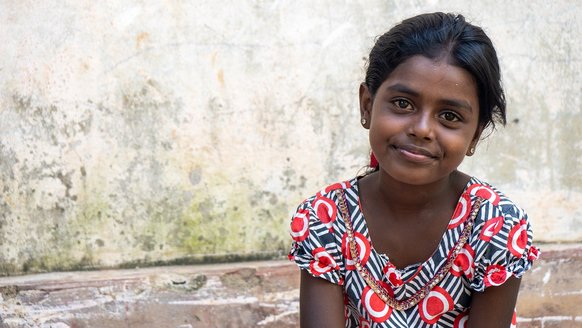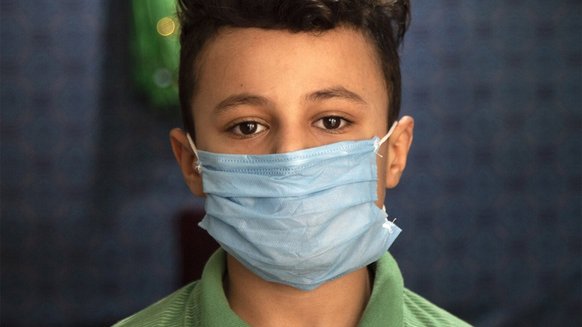Distance Learning: The New Normal. But is it Working?
July 23, 2021
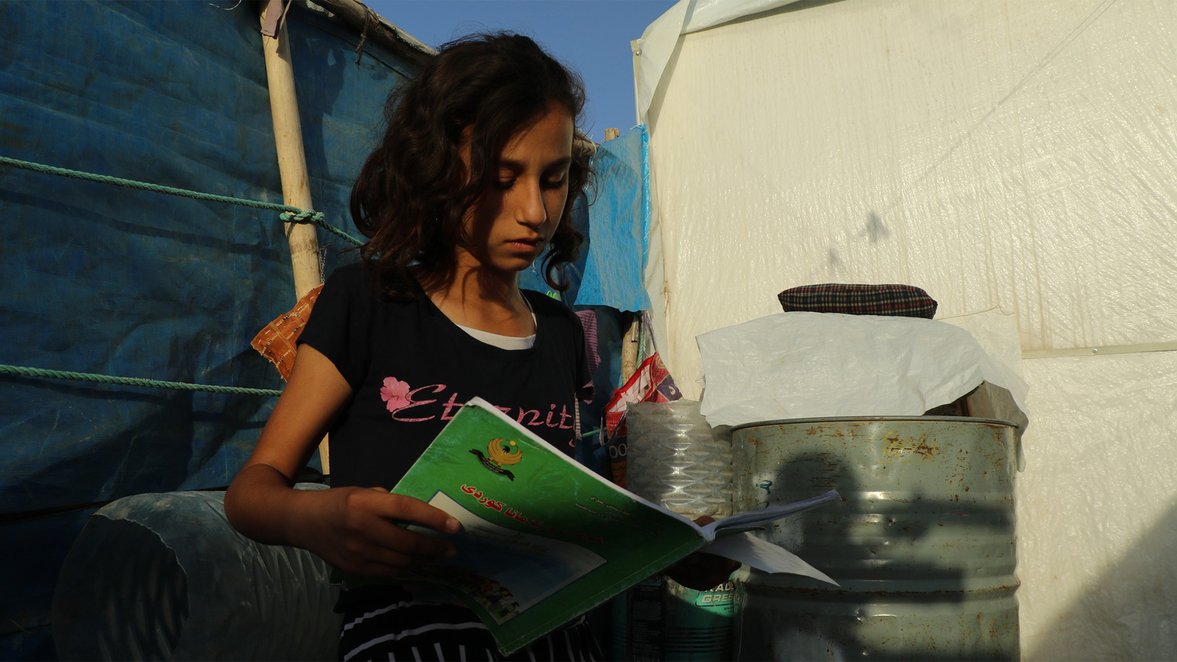
Building Expertise
Over the next few months, the four organisations - War Child, Porticus, NYU Global TIES for Children and UNHCR’s Humanitarian Education Accelerator (HEA) - will finalise and test a prototype tool designed to assess children’s learning - whether at home or in the classroom.
Our EdTech team was specifically approached to work on the project due to their expertise in educational gaming design. Many of the children War Child supports grow up in war zones and refugee camps - often in areas where there are no schools or teachers. Through tablet-based e-learning, Can't Wait to Learn has long set out to bridge this gap.
Now, with the rise of COVID-19 - and even less opportunity to enter a formal classroom - the merits of remote tech-driven initiatives have become even larger.
About the Tool
A gamified learning assessment tool - sounds complicated, right? Let us break it down…
The tool can be used by teachers and facilitators to assess children’s academic progress as well as their social and emotional learning (SEL) skills. It contains individual assessments for each subject - maths, reading and SEL in grades 1, 2 and 3.
To make the experience more rewarding for children, gaming features are embedded into the assessment. A dashboard for teachers is also included so that student’s performance level can be viewed in real-time.
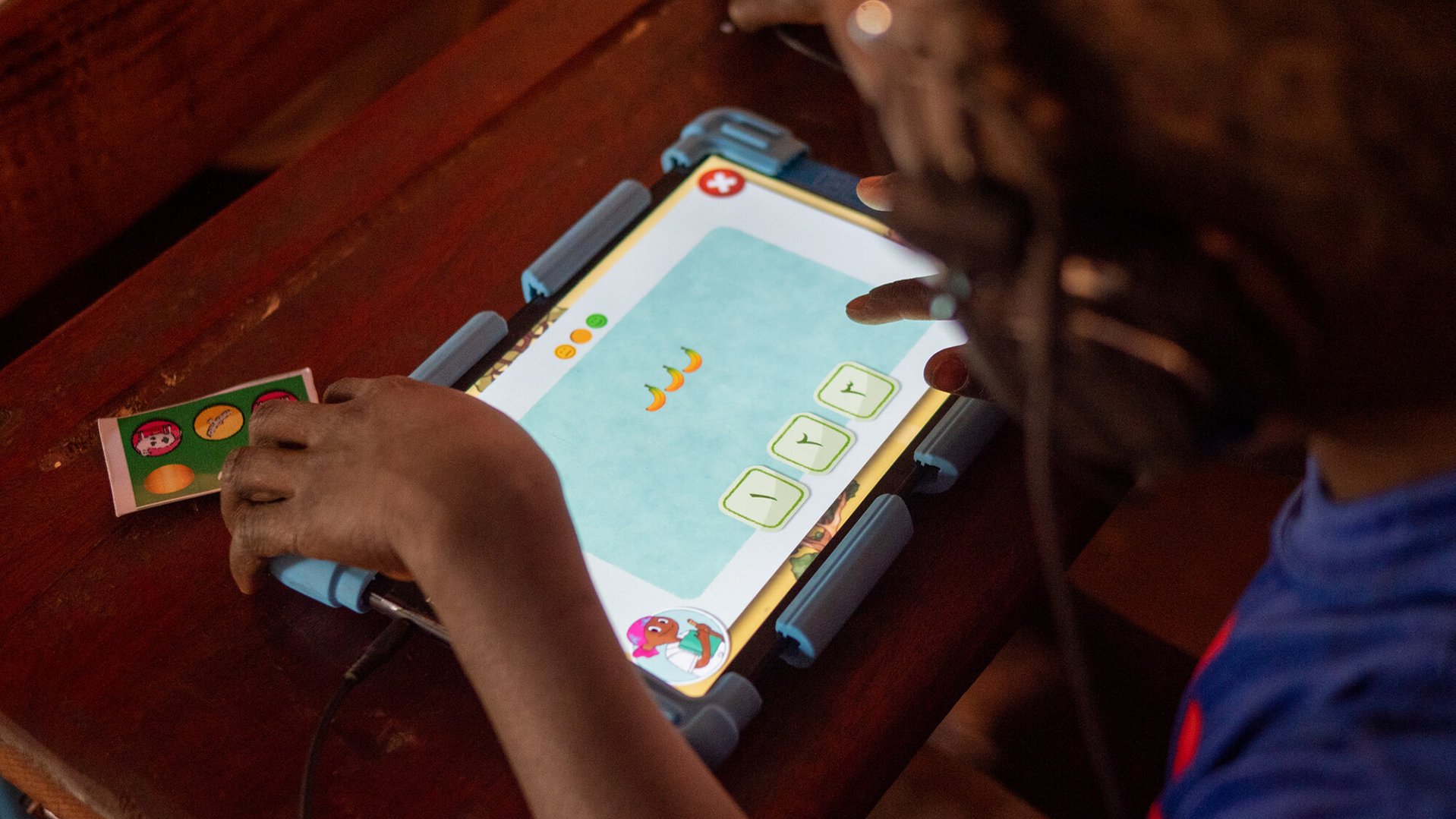
The gamified assessment tool is based on War Child’s innovative EdTech model - Can't Wait to Learn
Photo: Irene Galera
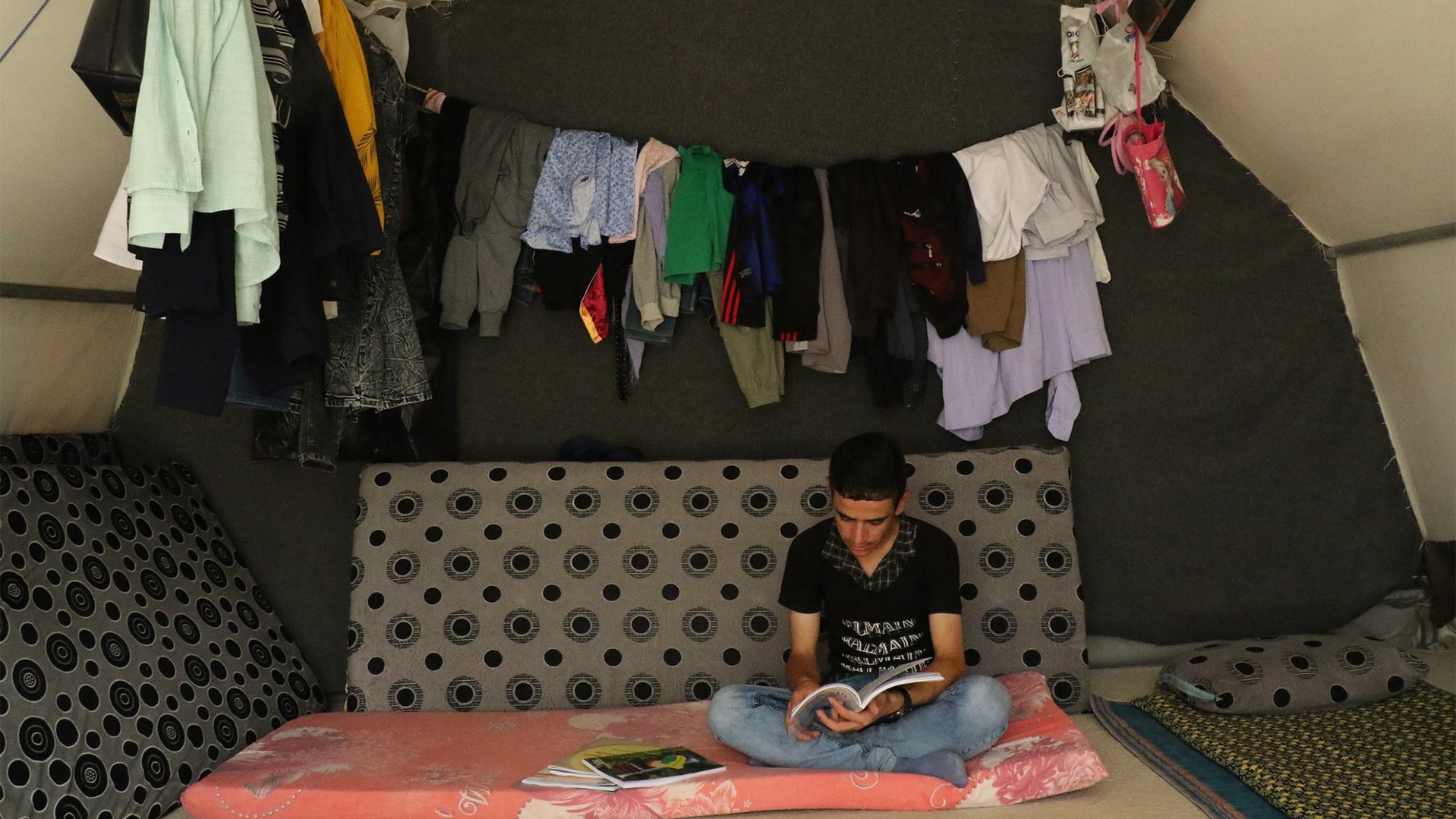
At the height of global lockdowns, 1.6 billion children were out of school - a daunting reality for children in war zones and refugee camps
Photo: Hanna Noori
No Child Left Behind
Understanding the impact of digital interventions on learning outcomes is crucial to ensuring that no child is left behind in the wake of the COVID-19 pandemic. Armed with this information, teachers and educational programmes can tailor their support.
Just like Can't Wait to Learn, the tool is designed to function anywhere - be it a city apartment, town house or tent in a refugee camp. It will also include capabilities for ministries of education and educators to create their own assessments.
War Child and partners are now preparing to test the tool among teachers, caregivers and conflict-affected children (aged 7-12) in Jordan, ensuring, amongst other key criteria, that the content reflects children's lived experiences.
The Future of Education During COVID-19
Our ambitions are big. Not only do we want to see the tool become the go-to model for measuring the effectiveness of distance learning, we also hope to see our holistic approach more widely adopted by the Education in Emergencies (EiE) sector.
“Social and emotional learning, or rather the skills children acquire to do well in school and life, has taken on fresh importance in these difficult times”, says Kahina Boulegroun, War Child Project Manager. “Do children feel confident in their ability to master different subjects? How do they deal with mistakes and challenges? These are questions that the tool intends to answer."
Want to learn more? Read HEA’s blog on the subject.
